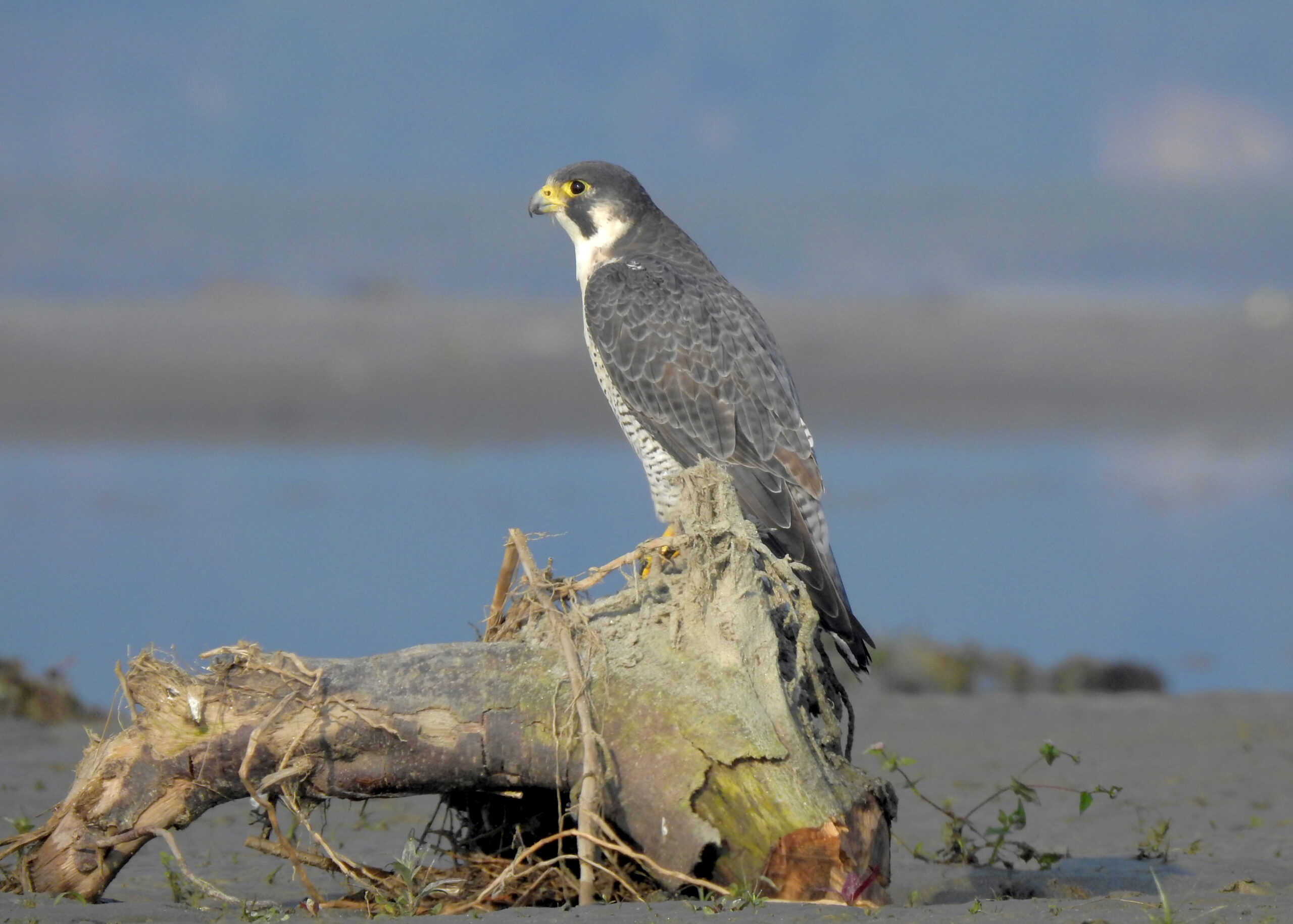Share this article
Cover crops provide good bird habitat
It’s not only farmers who benefit from using cover crops. A new study finds birds might benefit as well.
As a graduate student at the University of Illinois, Cassandra Wilcoxen noticed that more farmers in Illinois were planting cover crops — plants that help manage soil erosion and nutrients after the harvest for cash crops is over. She knew cover crops could have other benefits for the environment, including reducing nutrients in waterways, but she hadn’t seen much research on their effects on wildlife.
As part of her graduate project, Wilcoxen compared corn and soybean fields with and without cover crops to determine which ones best provided habitat for migratory and resident bird species and whether birds of conservation concern used the habitat.
After cold-calling farmers to get permission to monitor their fields, Wilcoxen compared corn and soybean fields with and without cover crops by walking through the fields, recording which birds were present and the number of individuals.
“It’s cold out in early March, but it’s beautiful and when it warms up it is really neat to see what birds end up in these fields,” said Wilcoxen, lead author on the study published in Agriculture, Ecosystems and Environment.
She observed 6,133 birds of 52 species. The most common were the red-winged blackbird (Agelaius phoeniceus), common grackle (Quiscalus quiscula) and American robin (Turdus migratorius).
Wilcoxen and her colleagues analyzed 19 of the species and found that the ones that preferred fields with cover crops were both migratory and resident grassland species. “Migratory birds were looking for places they could rest and refuel,” she said. “Resident birds are looking for habitat to breed in. They see cover crop fields as this really lush green habitat in the springtime when there isn’t much else growing.”
Most birds, the researchers found, preferred corn fields and cover crop fields, whose old stalks and litter provided more vegetative structure than soybean fields.
Cover crop fields also hosted birds of higher conservation concern, they found. Species, such as the eastern Meadowlark (Sturnella magna), are of high conservation concern because of large population declines in the last half-century and declining amounts of available habitat.
While cover crops seemed to hold promise for bird habitat, Wilcoxen said, they also raised concerns. When the cover is no longer needed, they’re “terminated” with herbicide so they don’t compete with cash crops in the growing season. That “could have a negative rather than a positive effect, if birds are still nesting in the fields when the pesticides are applied.” said Wilcoxen, who is now a watershed specialist in the Macon County Soil and Watershed Conservation District. But overall, she said, the use of cover crops “we do think is beneficial.”
Header Image: A mourning dove nestling is on a soybean stubble field that had been planted with oats and annual rye grass along with re-seeded pennycress from the previous year. ©Cassandra Wilcoxen








